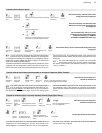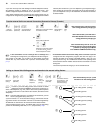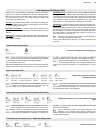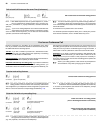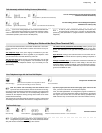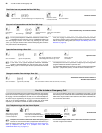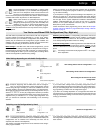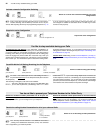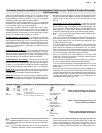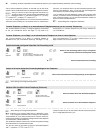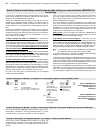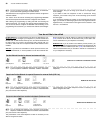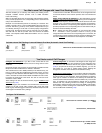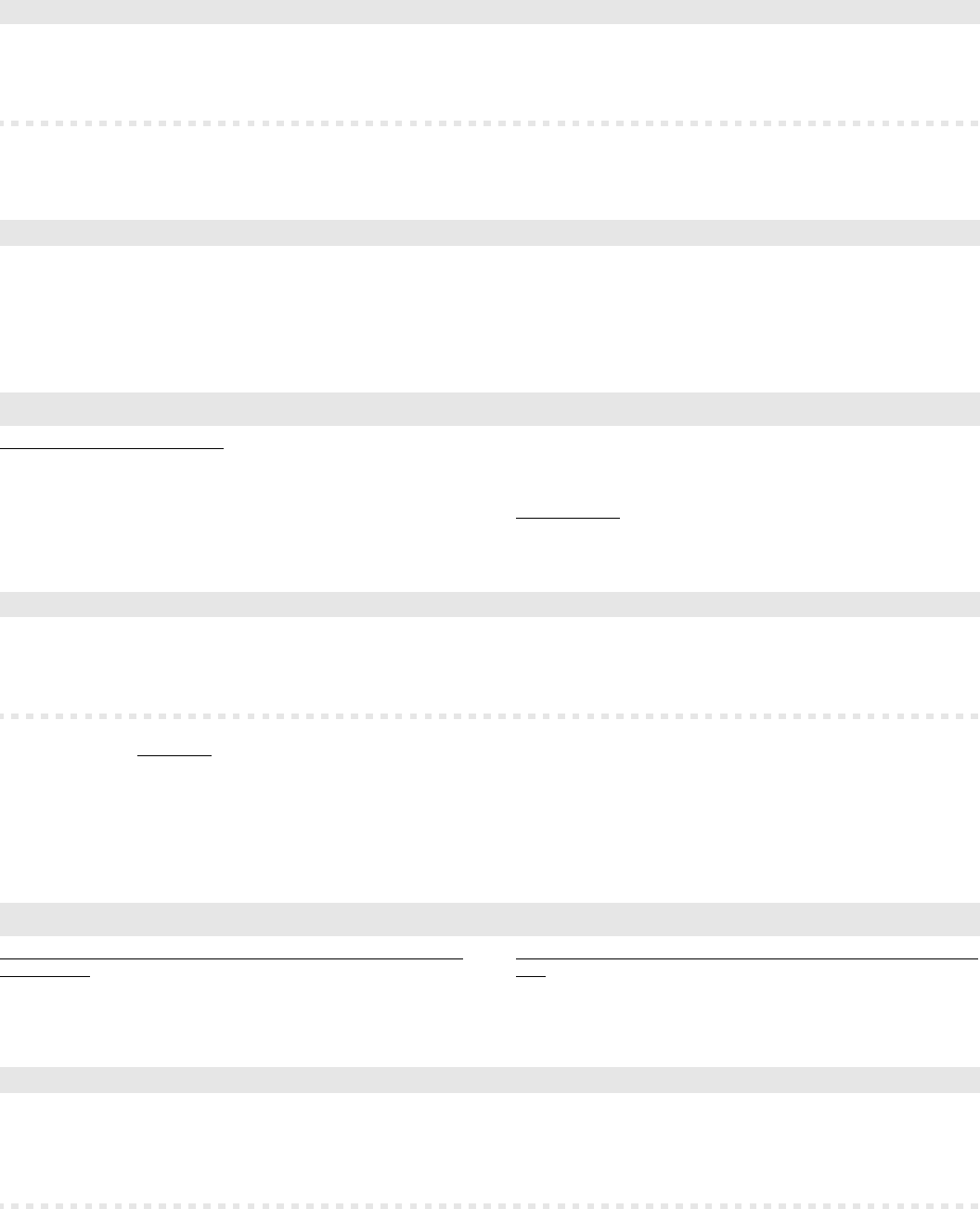
24 You like to stay reachable during your Calls
After a power failure the time information is lost. In this case au-
tomatic switching and the Wake-up function will not be per-
formed. After adjusting the time by the programming sequence on p. 47
or by an outbound external call the functions will be active again (you
can configure in COMset an automatic call to a number e.g. it´s own
number for this purpose).
Permit/Forbid the Call Waiting:
If you permit the „Call Waiting“ for
your telephone, you will be able to continue your current calls even with-
out nervous waiting for an important call (also door- and alarm calls are
knocking). Also while you are just having another call, the calling party
hears the ringing tone (internal caller after 5 seconds only). Then you
will hear the so called „knocking tone“. This signals you that somebody
tries to reach you. You will have the option to refuse the waiting caller -
he will hear the busy tone then - or you accept the call and your previous
calling partner waits in the background (see chapter Call Waiting Tone
in the Receiver on page 10).
Forward Calls:
Additionally you can Forward Telephone „on Busy“ to
an internal/external Telephone because you are currently Telephoning;
p. 26.
On some of the ISDN telephones the Call Waiting will have to
be permitted additionally
for the telephone itself (see manual of
the telephone).
The knocking of emergency calls cannot be forbidden.
Here the T-Net digit order can also be used that means that
you are able to permit the „Call Waiting“ with
*43# and to
forbid it with
#43#. If you use an analog telephone as an internal sub-
scriber telephone, where the „Call Waiting“ can be permitted/forbidden
via T-Net function key/menu, you are also able to use this comfortable
operation (see manual of the telephone). You will hear the acknowledge
tone instead of the announcement of the public exchange.
Restrict the outbound number presentation for all off your out-
bound calls: If you like to start all external calls without the calling
number presentation, you can configure it for your telephone.
Restrict the outbound number presentation for the next outbound
call: If you do not like to present your telephone number to your next
calling partner (to see it on his display), you can start an external call
without telephone number presentation (see chapter Start external
Calls without Presentation of your calling Number on page 12).
You can only use this function if the ISDN service attribute
„“Calling Line Identification Restriction (CLIR)“ was activated
and is supported by your network provider.
Activate automatic Configuration Switching
b7O 80 S #
Switch on or off the time controlled switching over of the
configurations
secret password 1: on, 0: off
☞
Enquire the active Configuration
b7Q 82# f
Enquire the active Configuration
public password 1-6 tones: configuration 1-6
You like to stay reachable during your Calls
Permit/Forbid the Call Waiting (Knocking) for the Telephone
b7Q11S #
Permit or forbid knocking (Call Waiting)
your telephone public password 1: allowed; 0: forbidden
☞
T
You do not like to present your Telephone Number to the Called Party
Restrict the calling Number Presentation for all of your outbound Calls
b7Q 92S #
Switch on or off the calling number presentation
your telephone public password
1: always restricted,
0: not restricted
☞




